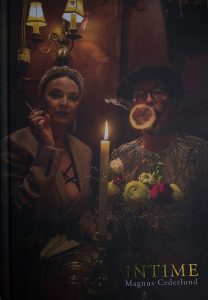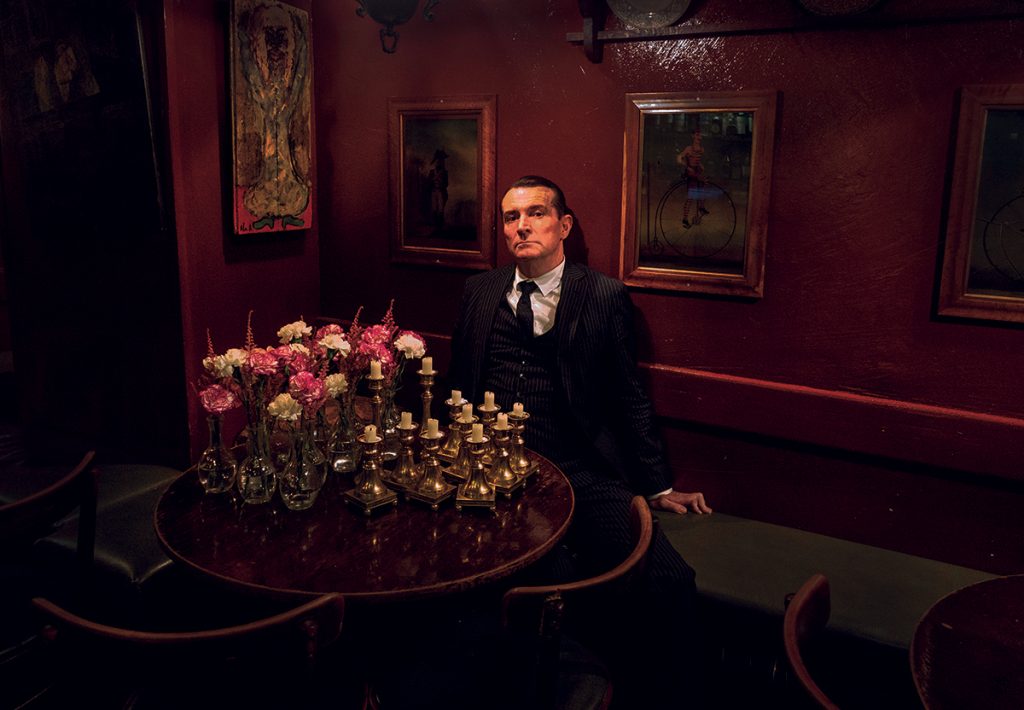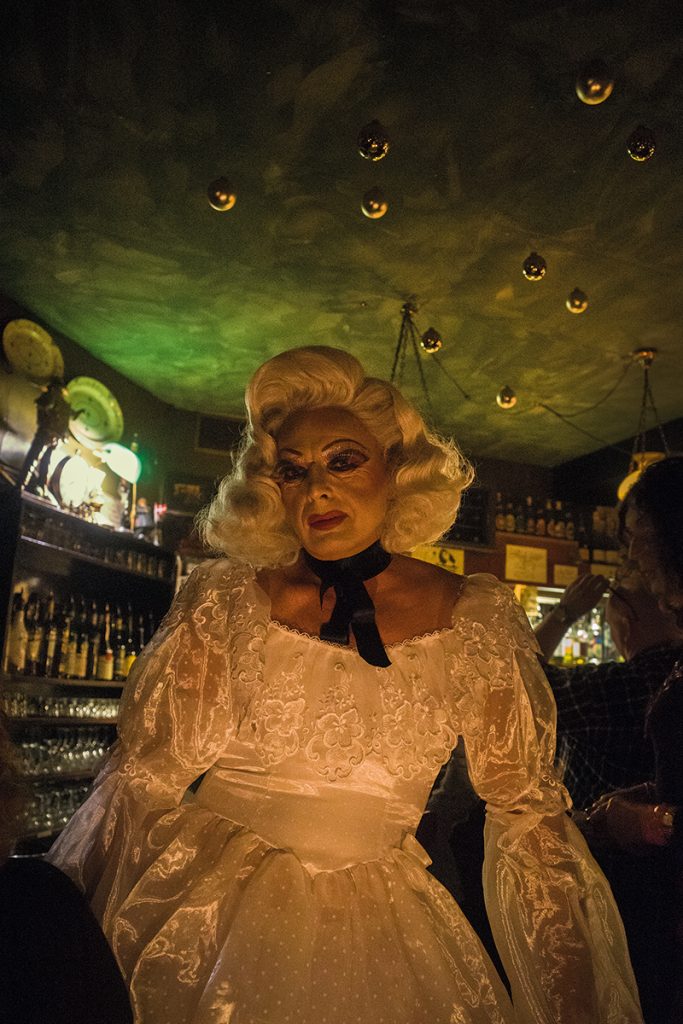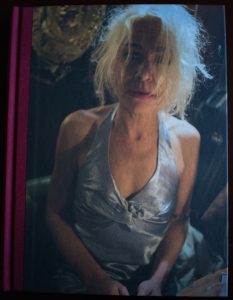Christian Caujolle reviewing my book INTIME for Italian weekly news-magazine Internazionale.
In 2012 the Swede Magnus Cederlund, who has lived in Copenhagen for more than thirty years, began photographing the Café Intime with the idea of making a book out of it. His choice is not surprising if we know that he started taking pictures after getting to know Anders Petersen’s work, Café Lehmitz. Petersen, also Swedish, immersed himself for four years in the nights of a Hamburg bar where sailors, prostitutes, transvestites and people on the sidelines danced, played pinball and loved each other until dawn. In 1978 his book, in black and white, was immediately welcomed as a radical change in documentary photography and a new way to talk about themes.
Portfolio
Since then it has inspired many photographers. Cederlund has worked as a social worker for more than fifteen years and has dedicated his first work, Skin close, to street characters, drug addicts, alcoholics, the marginalized (such as the mentally ill and the disabled), which he has photographed for ten years very closely, without judging them or falling into easy emotion. For him it was evident that the human element, exchange, a certain form of sharing with his subjects, should be at the center of his work.
Fill a void
For Intime, the adventure lasted seven years. Again, Cederlund has portrayed people very closely. He has worked only with a small digital camera he had in his pocket. He become a regular customer and his presence didn’t bother anyone. This aspect is clearly understood by the way in which in his images the gazes and the bodies offer themselves in barely hinted poses, in the most complete confidence, almost as if they were participating in the creation of a family album. From both sides of the camera, the gazes are direct, there is no voyeurism, no stolen image, no staging that is not a simple way of showing oneself. There is great respect. In the end, the author of the book is not only the photographer, but all those who have agreed to participate, and the venue itself, which Cederlund portrayed through its protagonists. About his previous book Cederlund said:
“My goal is not social but aesthetic. But if it could help people connect with a dark side of society, I’d be very happy with it. Rather than describing the life of the individual, with my book I would like to show that we are not that different. Maybe we are all the same when we suffer, and this is more visible in the faces than in the streets of Copenhagen. But we can sharing at least something through friendship, love, irony and a certain tenacity. I hope it shows in the photos and I believe that people can understand it. We are all part of the same world. I truly hope that my photography will be appreciated in a simple way. And if it could help fill the gap on some of the things I’m talking about, it would be wonderful. ”
We could apply these considerations by Cederlund to the Intime series as well. It is not photojournalism or documentary photography. His patient working method translates into a unity of simple, warm, calm tones, which reveal bodies and faces in a homogeneous light. All this conveys the strong feeling of coherence of the group and cohesion in the place. It is first of all an aesthetic choice. But also an ethical choice, with which he shows each character in his place, with his identity; it respects the different lifestyles that are freely expressed in a place where kitsch and rococo decorations never interfere with our perception of people. They are clear, conscious and right choices. Surely next year, to worthily celebrate the centenary of Café Intime, champagne will flow freely in the room.



